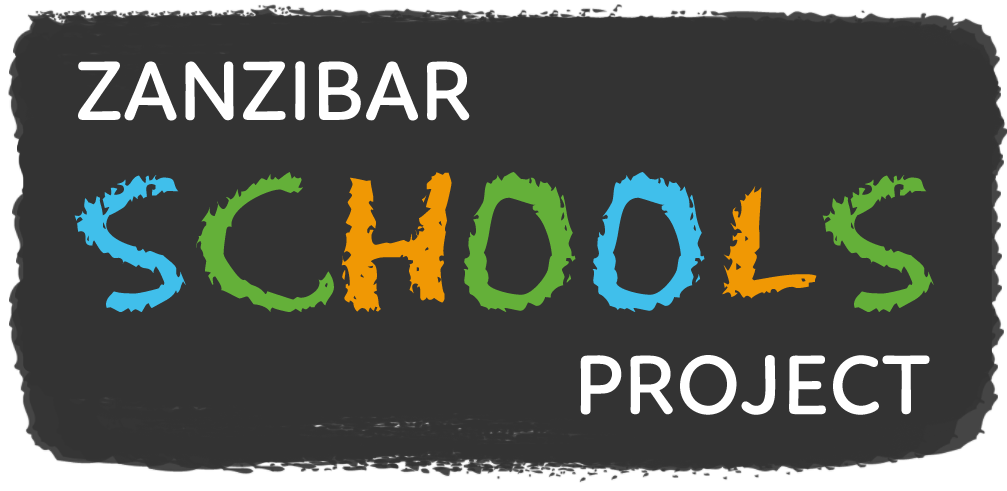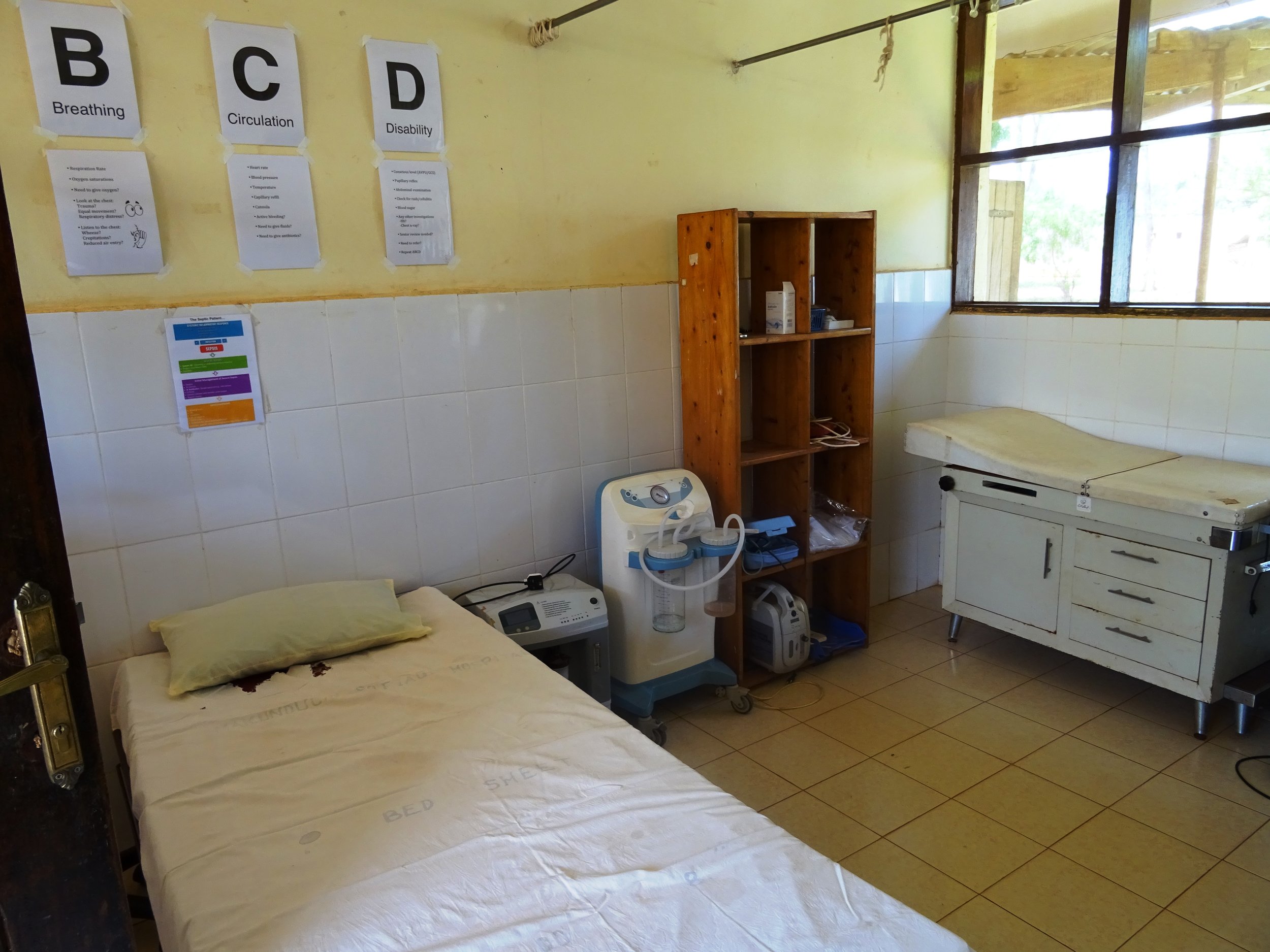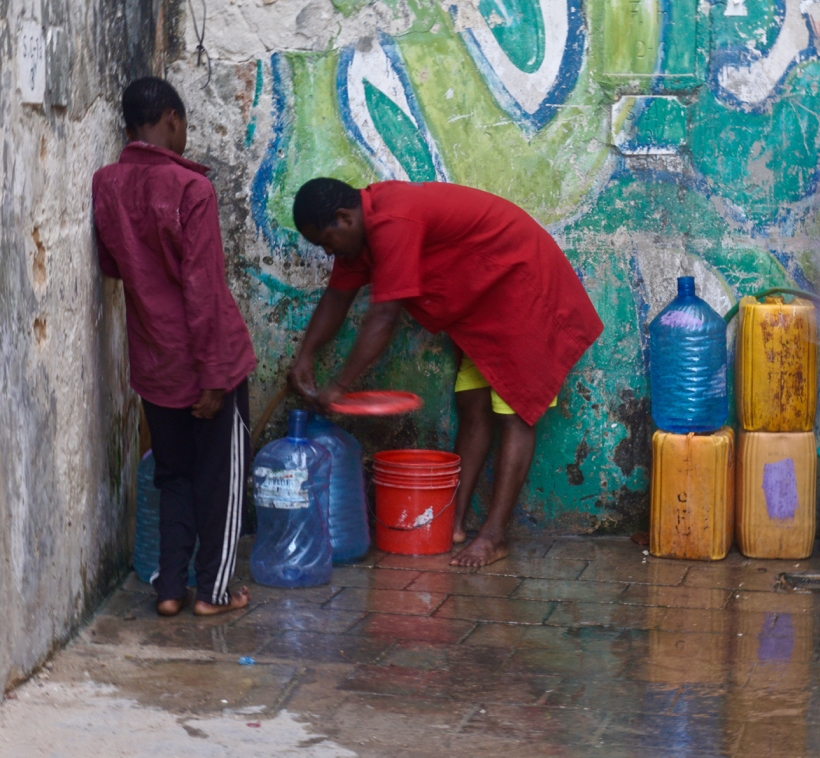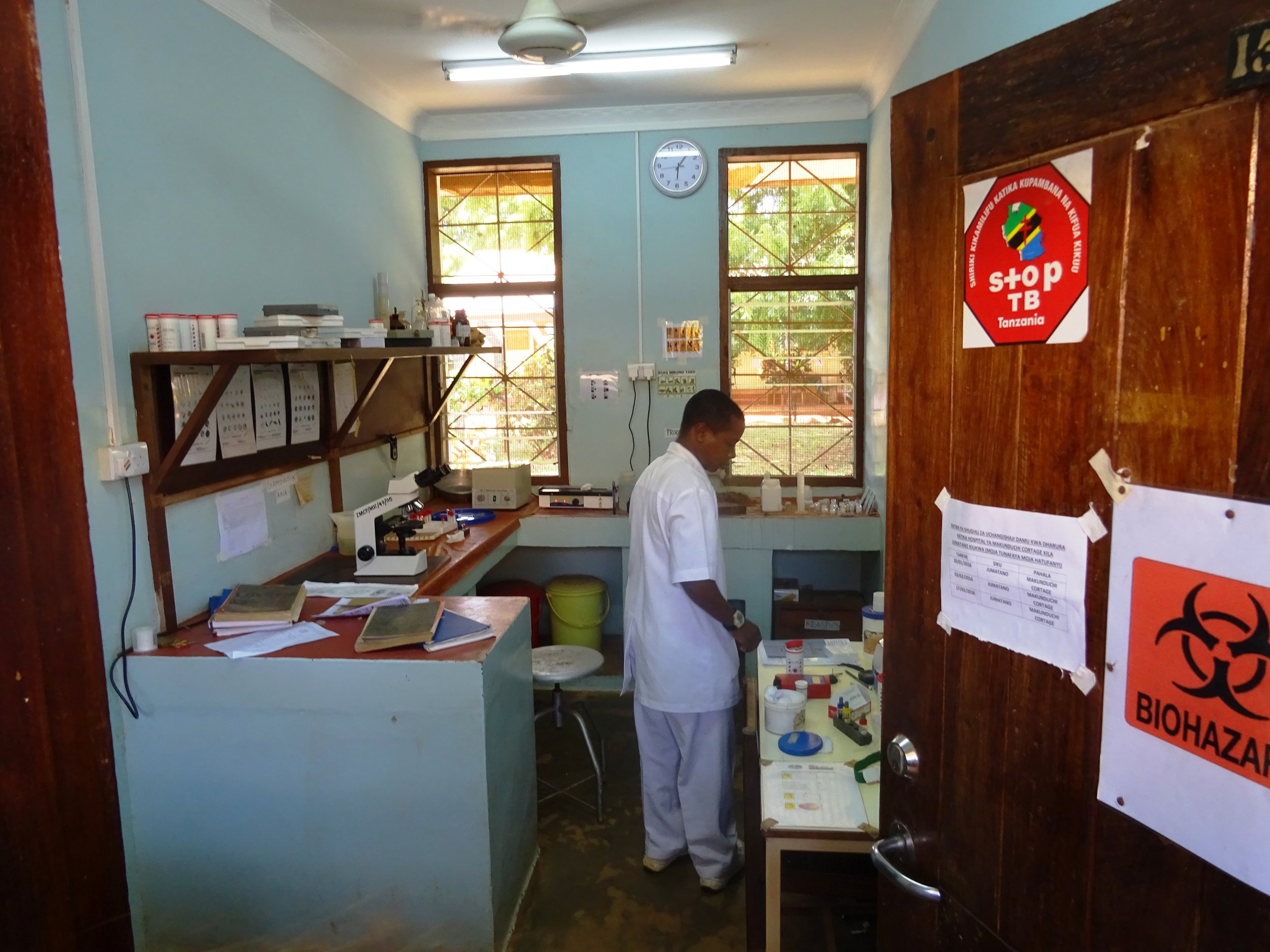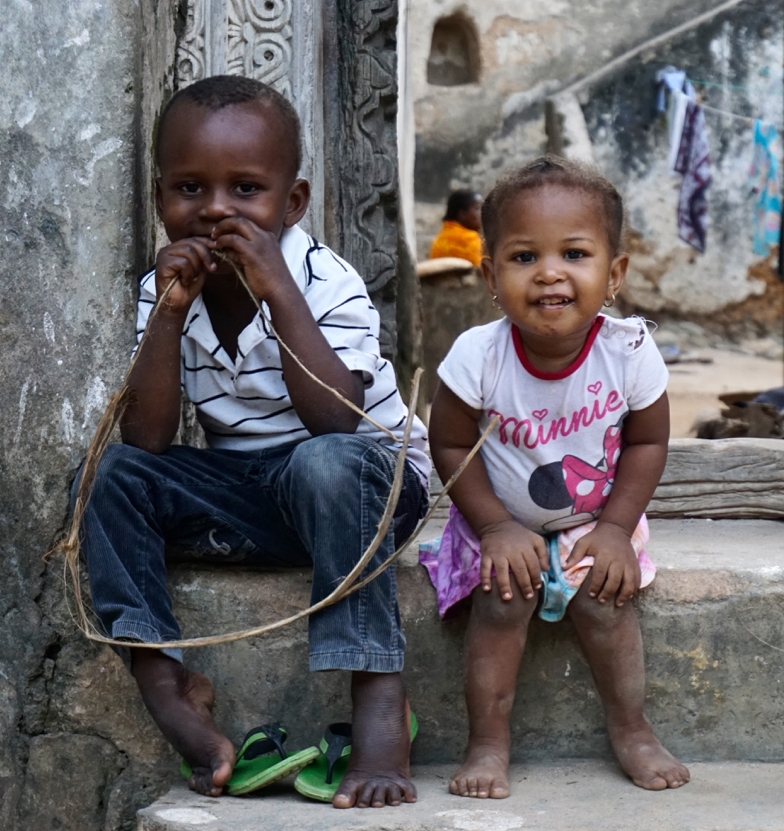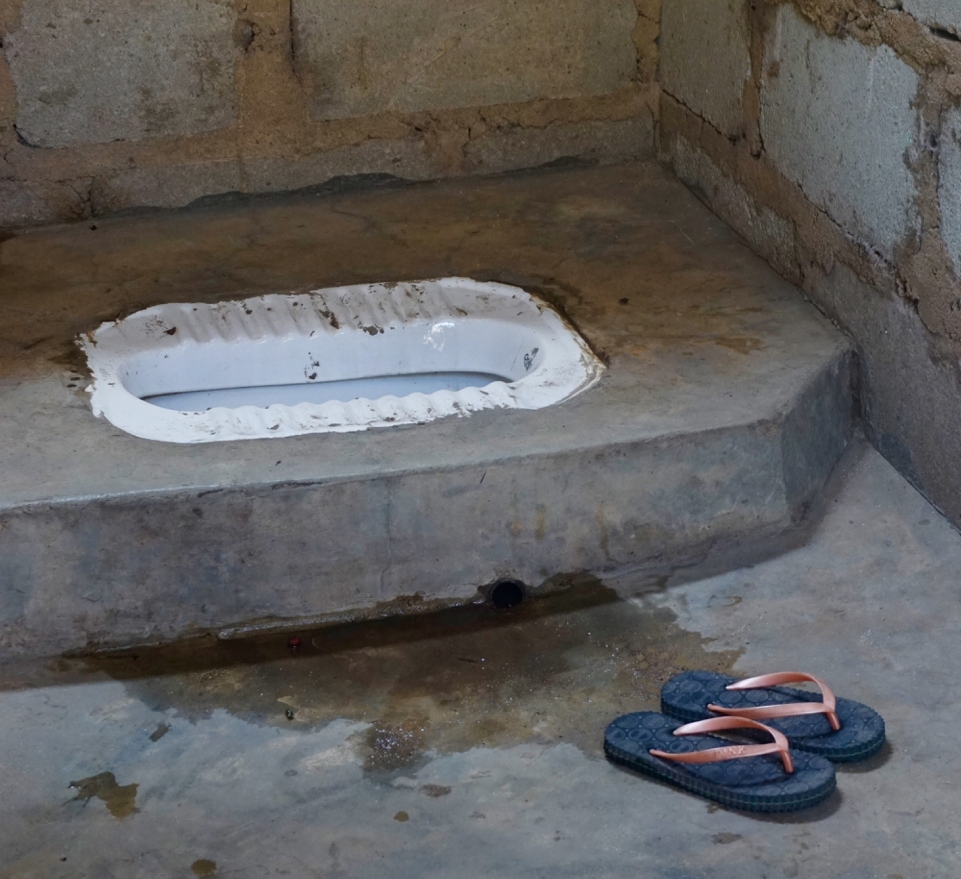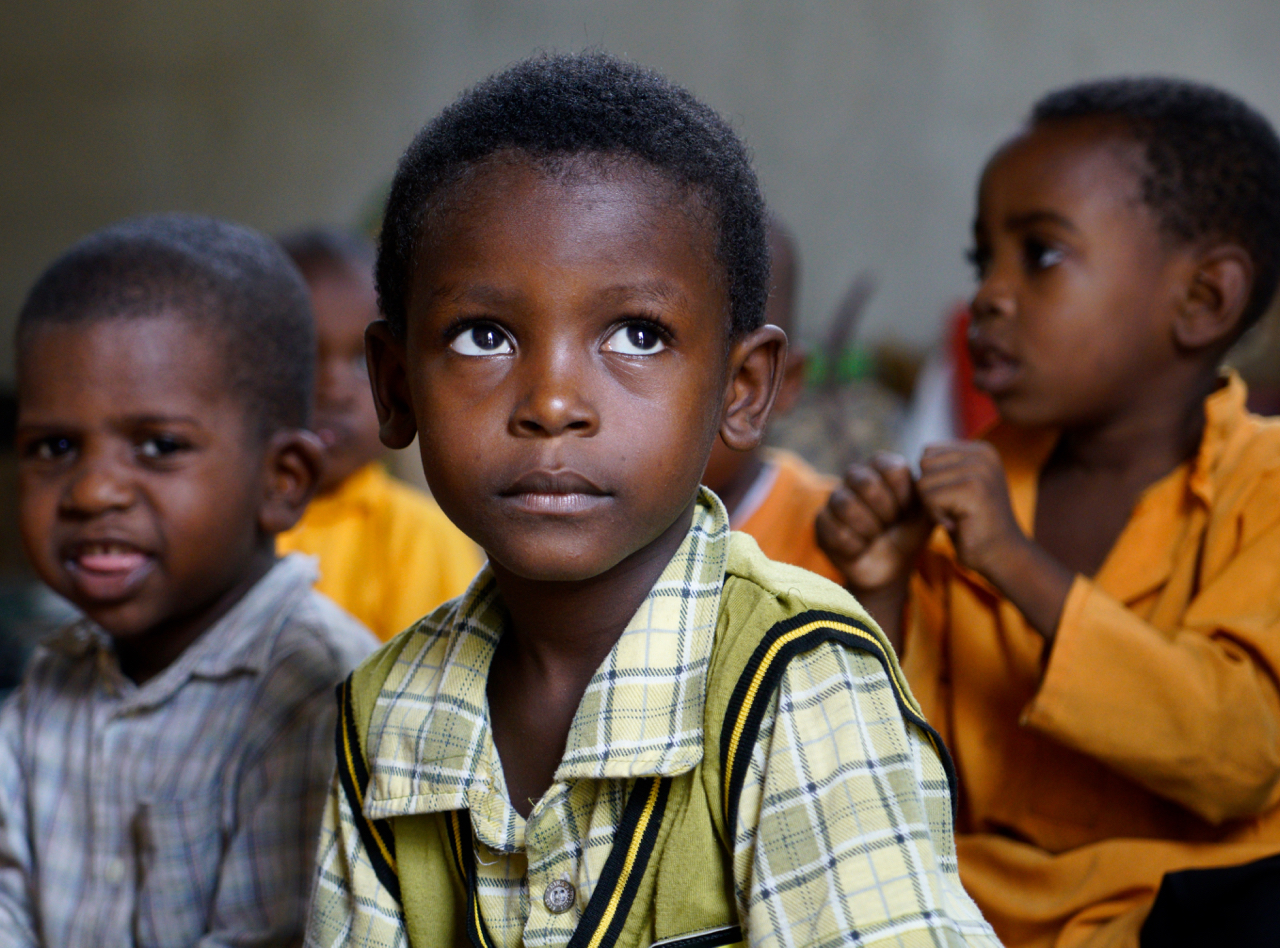Zanzifacts
Education
Over the last decade, there has been an expansion in enrolment at all levels of education in Tanzania. The Primary Education Development Programme, introduced in 2001, introduced universal free education and the number of primary school children increased from 4.8 million in 2001 to 8.4 million in 2010. Enrolment now stands at 87.5% of the population. However, this has put more pressure on inadequate schools. There is an increasing trend in poor performance in examinations. In 2011, 58% of students passed their Primary School Leaving Examination compared with 31% a year later. The children particularly struggle with language and literacy and are not ready for secondary level education.
Kiswahili, the mother tongue, is used as the medium of instruction for the first four years of a child’s life in school. At this time, students also receive classes on the English language. In grade five and six, this shifts, and English becomes the medium of instruction for Math and Science. The intention of this shift is to prepare students for secondary school at which time English is designated as the medium of instruction for all subject areas. The rationale for this policy regarding language of instruction is that the earlier students learn English, the more effectively they will be able to partake in the global economy.
The teaching profession: The low status of teaching is another major systemic challenge to the Zanzibar education system. Teaching is not a preferred aspiration, and so students who enrol in teacher training programmes are sadly under-qualified. A recent survey showed that only 1 in 10 primary school teachers has sufficient ability and knowledge to teach at primary school level. Combine this with a high teacher absence rate - on any given day 1 in 4 teachers are absent and it's not surprising that achievement is low.
Sources: Preparing the Next Generation in Tanzania, World Bank Publications and Teacher Development in Language and Literacy in Zanzibar, Preliminary Exploration Report, Milele Zanzibar Foundation and Oxford policy management, 2015.
Health
Life expectancy is an important indicator of human development. Child and infant mortality rates are two of the most important indicators of whether progress is made in human development. Life expectancy at birth in Zanzibar has increased from 57.3 years in 2004 to 59.6 years in 2012.
Another health indicator is child mortality rate per 1,000 live births. There is a decline in all child mortality indicators in Zanzibar between 1996 and 2010. Overall, Zanzibar fares better than the rest of Tanzania in terms of infant mortality, child mortality and under-five mortality, improving from 75.3 per 1000 in 1996 to 54 in 2010.
Sources: NBS and Macro International (1997); NBS and ORC Macro (2005); and NBS and ICF Macro (2011).
59.6 years
Life expectancy in 2012
54/1000
Rate of infant mortality in 2010
55:1
Ratio of students to teacher in 2010
Poverty
Poverty in Zanzibar is largely characterised by higher poverty incidence in rural than in urban areas: About 51% of people in the rural areas live below the basic needs poverty line as compared with about 36% in urban areas. Similarly, 16.8% of people live below the food poverty line in the rural areas as compared with about half of that (8%) in the urban areas.
SOURCE: "Status and Progress of Human Development and Implications for Achieving Zanzibar Development Vision 2010" by Dr Flora Kessy and Ms Mashavu Omar. THDR 2014: Background Paper No. 10 ESRF Discussion Paper 55.
